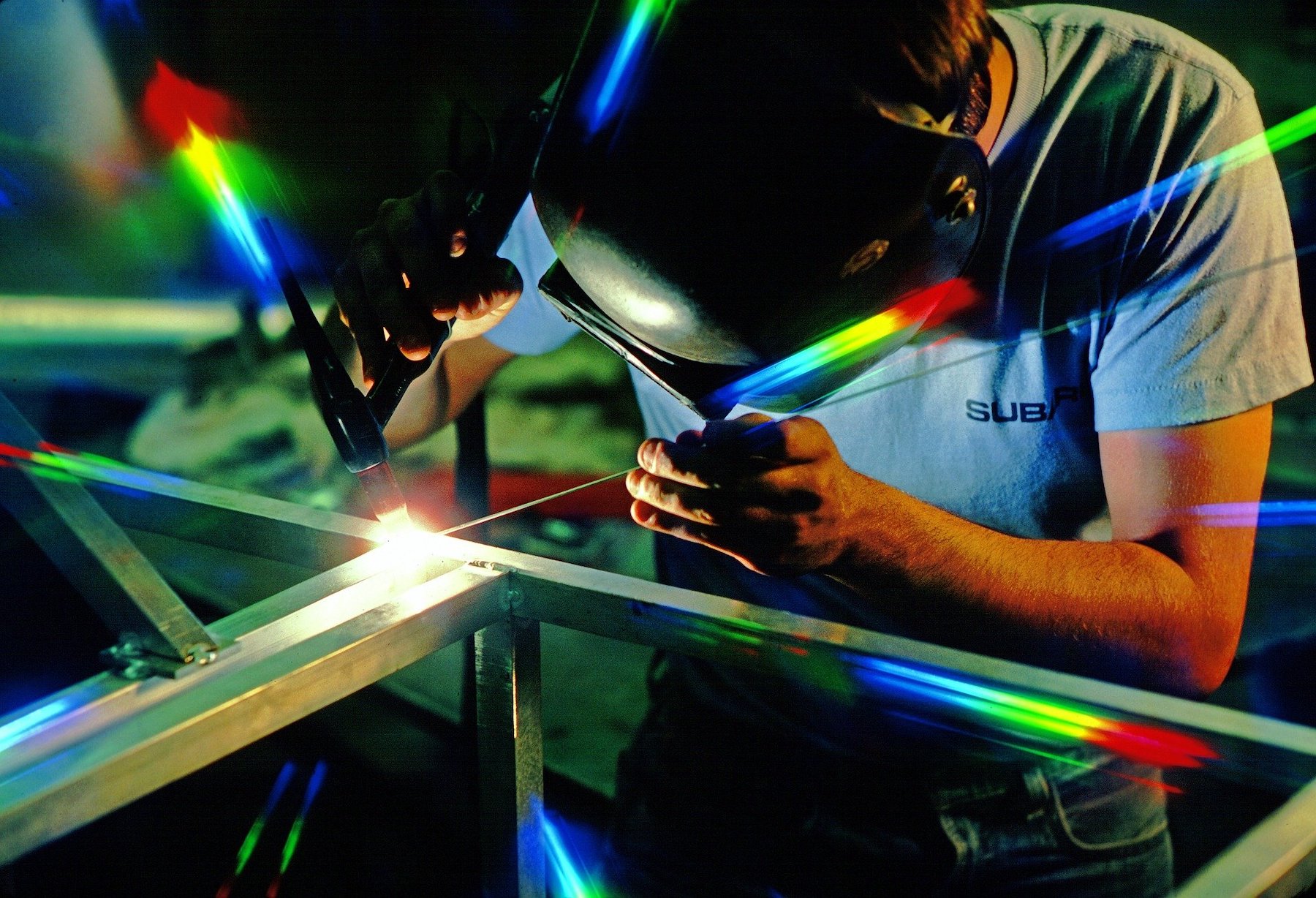The U.S. General Services Administration’s (GSA) Green Proving Ground program, in collaboration with the U.S. Department of Energy, has selected six innovative building technologies for evaluation in GSA’s inventory.
The technologies chosen are:
CO2-Based Heat Pump by Dalrada, based in Escondido, Calif. This combustion-free heat pump, using carbon dioxide as the refrigerant, promises to increase heating and cooling efficiency while reducing global warming potential.
Solar PV Tracking by Rocking Solar, based in Monroe, Ohio. This single-axis solar tracker promises to increase commercial rooftop solar photovoltaic production by adapting a proven utility tracking technology with a new low-profile rocker design that reduces friction, motor size, and the cost of sun-tracking.
Non-Metalized Window Film by 3M based in St. Paul, Minn., and NGS, based in Atlanta, Ga. This non-metalized window film promises to increase window thermal performance with increased durability, reduced reflectivity, and no cell signal interference.
Additive that Increases Heat Transfer by Endo Enterprises/Pace49, based in Bellingham, Wash. This hydronic additive promises to improve the heat transfer properties of water to reduce energy use in closed-loop HVAC systems.
EV Charge Management by WeaveGrid, based in San Francisco, Calif. This EV charge management solution integrates embedded vehicle telematics with utility signals to optimize charging based on vehicle use, utility rates, and the carbon content of delivered power.
Bi-directional EV Charging by Fermata Energy of Charlottesville, Va. This vehicle-to-everything (V2X) technology is expected to turn EVs into energy storage assets, increasing resilience and lowering the cost of EV ownership.
The evaluations are intended to validate the technical and operational characteristics of the technologies and their potential for future deployment.
Related Stories
| Dec 17, 2010
New engineering building goes for net-zero energy
A new $90 million, 250,000-sf classroom and laboratory facility with a 450-seat auditorium for the College of Electrical and Computer Engineering at the University of Illinois at Urbana/Champaign is aiming for LEED Platinum.
| Dec 6, 2010
Honeywell survey
Rising energy costs and a tough economic climate have forced the nation’s school districts to defer facility maintenance and delay construction projects, but they have also encouraged districts to pursue green initiatives, according to Honeywell’s second annual “School Energy and Environment Survey.”
| Nov 29, 2010
Data Centers: Keeping Energy, Security in Check
Power consumption for data centers doubled from 2000 and 2006, and it is anticipated to double again by 2011, making these mission-critical facilities the nation’s largest commercial user of electric power. Major technology companies, notably Hewlett-Packard, Cisco Systems, and International Business Machines, are investing heavily in new data centers. HP, which acquired technology services provider EDS in 2008, announced in June that it would be closing many of its older data centers and would be building new, more highly optimized centers around the world.
| Nov 16, 2010
Calculating office building performance? Yep, there’s an app for that
123 Zero build is a free tool for calculating the performance of a market-ready carbon-neutral office building design. The app estimates the discounted payback for constructing a zero emissions office building in any U.S. location, including the investment needed for photovoltaics to offset annual carbon emissions, payback calculations, estimated first costs for a highly energy efficient building, photovoltaic costs, discount rates, and user-specified fuel escalation rates.
| Nov 9, 2010
12 incredible objects being made with 3D printers today
BD+C has reported on how 3D printers are attracting the attention of AEC firms. Now you can see how other creative types are utilizing this fascinating printing technology. Among the printed items: King Tut’s remains, designer shoes, and the world’s smallest Rubik’s Cube.
| Nov 5, 2010
New Millennium’s Gary Heasley on BIM, LEED, and the nonresidential market
Gary Heasley, president of New Millennium Building Systems, Fort Wayne, Ind., and EVP of its parent company, Steel Dynamics, Inc., tells BD+C’s Robert Cassidy about the Steel Joist Manufacturer’s westward expansion, its push to create BIM tools for its products, LEED, and the outlook for the nonresidential construction market.
| Nov 3, 2010
Sailing center sets course for energy efficiency, sustainability
The Milwaukee (Wis.) Community Sailing Center’s new facility on Lake Michigan counts a geothermal heating and cooling system among its sustainable features. The facility was designed for the nonprofit instructional sailing organization with energy efficiency and low operating costs in mind.
| Nov 3, 2010
Virginia biofuel research center moving along
The Sustainable Energy Technology Center has broken ground in October on the Danville, Va., campus of the Institute for Advanced Learning and Research. The 25,000-sf facility will be used to develop enhanced bio-based fuels, and will house research laboratories, support labs, graduate student research space, and faculty offices. Rainwater harvesting, a vegetated roof, low-VOC and recycled materials, photovoltaic panels, high-efficiency plumbing fixtures and water-saving systems, and LED light fixtures will be deployed. Dewberry served as lead architect, with Lord Aeck & Sargent serving as laboratory designer and sustainability consultant. Perigon Engineering consulted on high-bay process labs. New Atlantic Contracting is building the facility.














